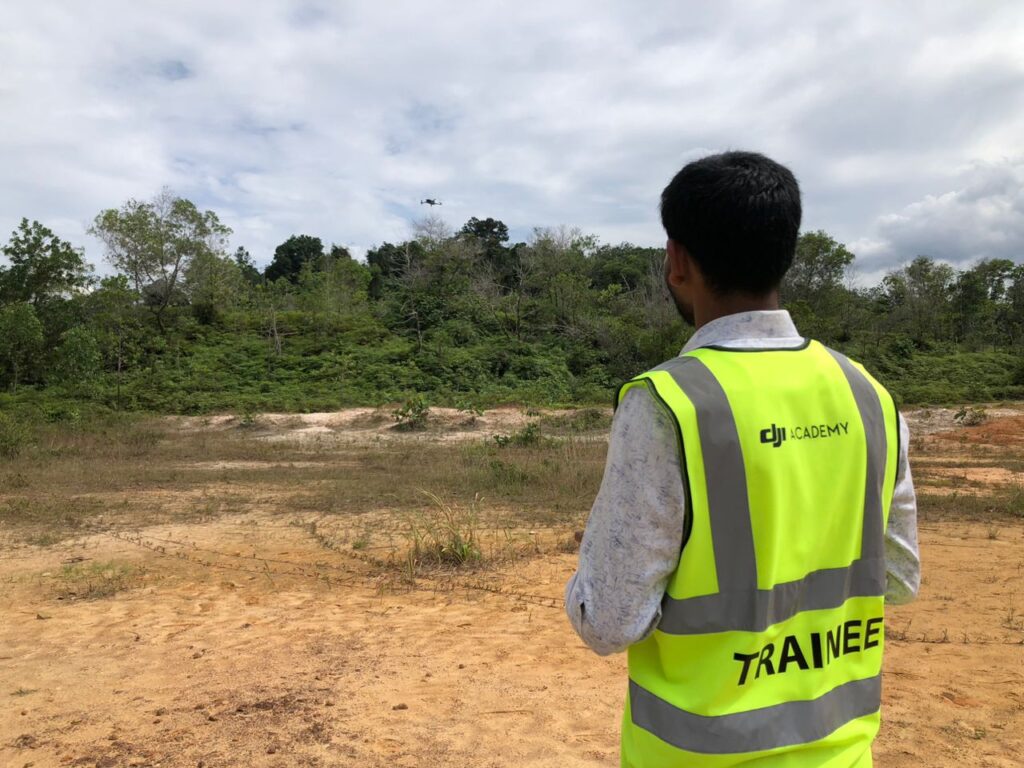Drone-Based Earth Observation Systems

Drone based analysis:
A drone or a UAV (unmanned aerial vehicle) typically refers to a pilotless aircraft that operates through a combination of technologies, including computer vision, artificial intelligence, object avoidance tech, and others.
Today, the application areas of drones are limitless. From wildlife conservation to disease control, emergency response, insurance to mapping, UAVs are being used in multiple sectors. The ability to safely and quickly gather data and to access inaccessible locations opens a world of possibilities for of drones use. Their ability to thoroughly and accurately map natural features while minimizing human trespass may lead to better understanding of ecologically fragile areas.
Related Works

Aerial photography
Drones are now being used to capture footage that would otherwise require expensive helicopters and cranes. Fast paced action and sci-fi scenes are filmed by aerial drones, thus making cinematography easier. These autonomous flying devices are also used in real estate and sports photography.
Geographic Mapping
Available to amateurs and professionals, drones can acquire very high-resolution data and download imagery in difficult to reach locations like coastlines, mountaintops, and remote regions. They are also used to create 3D maps and contribute to crowd sourced mapping applications.
Disaster Management
Drones provide quick means, after a natural or man-made disaster, to gather information and navigate debris and rubble to look for injured victims. Its high definition cameras, sensors, and radars give rescue teams access to a higher field of view, saving the need to spend resources on manned helicopters. Where larger aerial vehicles would prove perilous or inefficient, drones, thanks to their small size, are able to provide a close-up view of areas.
Precision Agriculture:
Farmers and agriculturists are always looking for cheap and effective methods to regularly monitor their crops. The infrared sensors in drones can be tuned to detect crop health, enabling farmers to react and improve crop conditions locally, with inputs of fertilizer or insecticides. It also improves management and effectuates better yield of the crops. In the next few years, nearly 80% of the agricultural market will comprise of drones.

Search and Rescue:
Presence of thermal sensors gives drones night vision and makes them a powerful tool for surveillance. Drones are able to discover the location of lost persons and unfortunate victims, especially in harsh conditions or challenging terrains. Besides locating victims, a drone can drop supplies to unreachable locations in war torn or disaster stricken countries. For example, a drone can be utilized to lower a walkie-talkie, GPS locator, medicines, food supplies, clothes, and water to stranded victims before rescue crews can move them to some place else.
Weather Forecast:
Drones are being developed to monitor dangerous and unpredictable weather. Since they are cheap and unmanned, drones can be sent into hurricanes and tornadoes, so that scientists and weather forecasters acquire new insights into their behavior and trajectory. Its specialized sensors can be used to detail weather parameters, collect data, and prevent mishaps.
Wildlife monitoring:
Drones have served as a deterrent to poachers. They provide unprecedented protection to animals, like elephants, rhinos, and big cats, a favorite target for poachers. With its thermal cameras and sensors, drones have the ability to operate during the night. This enables them to monitor and research on wildlife without causing any disturbance and provides insight on their patterns, behavior, and habitat.

Law enforcement:
Drones are also used for maintaining the law. They help with the surveillance of large crowds and ensure public safety. They assist in monitoring criminal and illegal activities. In fact, fire investigations, smugglers of migrants, and illegal transportation of drugs via coastlines, are monitored by the border patrol with the help of drones.
Entertainment:
Drones are being developed to provide entertainment for players so that they can be used in fight clubs. Known as a cage match, two contenders and their drones are put up against each other. The destruction of any of the player’s drones results in the other’s win. Moreover, artificial drone intelligence is used in several ways to capture videos and photographs, for example, the Drone, which is used to take selfies.






